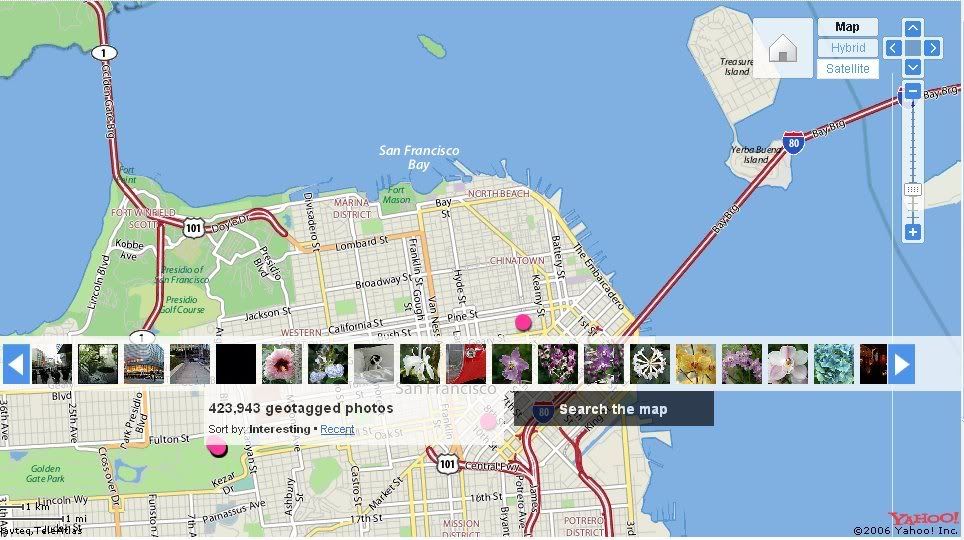In a galaxy not too far away, online gamers may soon scour the job boards for paying posts as Galactic Empire insurgents or anti-Vader moisture farmers. Massive multiplayer online role-playing games boast subscriber populations that rival those of many North American cities. As a result, game developers are moving beyond simply creating ultrarealistic 3-D worlds. They're also modeling less tangible Earth phenomena such as governance and commerce -- prompting a rise of real economies in imaginary societies. "Traditionally that kind of kill-the-rat, get-your-five-gold-pieces model hasn't changed with most (multiplayer online games)," said LucasArts producer Haden Blackman, referring to the revenue strategy pioneered by the early text-based multi-user domains on which modern MMORPGs are based. "One of the things we wanted to do is have a more viable player-run economy from the very outset." Blackman heads up the LucasArts branch of the team that's working with Sony Online Entertainment to produce the first Star Wars-based MMORPG, Star Wars Galaxies, set to hit shelves in late January.
The elaborate handle for these online role-playing games is shortened in various ways throughout the online gaming industry: MMOP, MMO and MMPOG, in addition to the Star Wars Galaxies-styled, MMORPG.
Typically, MMORPG gamers move through elaborate environments as digital action figures called avatars. Successful adventures yield monetary rewards that can be used to purchase equipment and clothing.
The major problem with older MMORPG economies has been their artificiality. The ability to sell to market-oblivious machines and the presence of infinitely durable goods, for example, have led to a variety of economic problems, which Blackman said his team is working hard to minimize.
"We identified some problems with the previous MMORPGs -- things like the older a (gaming) server is, the more money is available, meaning less value for 'über-items,'" Blackman said, referring to the devaluation of currency that occurs when an economy lacks monetary drains. "We wanted to avoid that syndrome if we could, and so a very simple addition like 'item decay' in our game will hopefully help."
And as similar games move closer to economic reality, the line between "real" and "fake" economy begins to disappear.
"From an economist's standpoint what's happening in these games is real," said Edward Castronova, an associate professor of economics at California State University at Fullerton. "You've got a distinct territory with specialization of labor, gains from trade, a floating exchange rate -- real economies are happening."
As a doctorate student in economics, Castronova had a strictly recreational interest in gaming -- until he encountered Sony Online's EverQuest, the most massively popular MMORPG in history.
"I started playing EverQuest in early 2001, and was playing for about four days when I saw the reality of the economy in it," he said.
A year later, Castronova had penned the first-ever study of a game society's economic system. His paper examines the EverQuest world of Norrath, where "the exchange rate between Norrath's currency and the U.S. dollar is determined in a highly liquid (if illegal) currency market, and its value exceeds that of the Japanese yen and the Italian lira.... Norrath's GNP per capita easily exceeds that of dozens of countries, including India and China."
Star Wars Galaxies directly addresses many of the economic problems Castronova identified in the Norrathian economy -- namely the reduction of computer-controlled merchants and the elimination of infinitely durable goods. Both of these measures should eliminate the deflation experienced in Norrath.
Castronova believes games will eventually move from the creation of "real" economies to the formation of "real" governments.
"What you have now is a customer service state -- history has shown that this is not a viable way to run a people," he said. "I'm sure that we'll see a move toward consensus-based decision making. You are going to see player parliaments, or people are going to go to Earth courts and sue."













